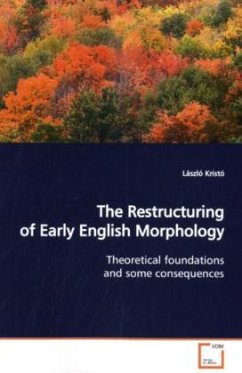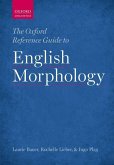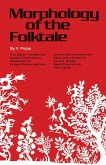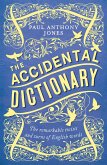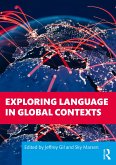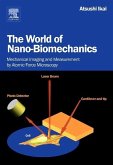Even though the synchronic and diachronic aspects of
linguistics have been rather strictly separated in
theory, actual practice has shown a mutual interest
between these areas of the study of language. CVCV
Theory is no exception. The author uses this theory
to analyse the restructuring of regular inflectional
morphology between Old and Middle English. The book
comprises three basic parts. Firstly, elementary
notions of historical linguistics are considered, and
the dependence of diachronic study on general
linguistic theories is pointed out. Secondly, the
author discusses the interaction of phonology and
morphology; the relevant claims of CVCV Theory are
introduced as well. Thirdly, an analysis of the
restructuring of early English morphology is
presented, using CVCV Theory. It will be shown that
this particular theory may help us to analyse early
English from some new perspectives which often fall
out automatically as a consequence of the use of this
particular theory. The book will be of interest to
historians of Old and Middle English as well as to
theoretical phonologists and morphologists who are
interested in historical analyses.
linguistics have been rather strictly separated in
theory, actual practice has shown a mutual interest
between these areas of the study of language. CVCV
Theory is no exception. The author uses this theory
to analyse the restructuring of regular inflectional
morphology between Old and Middle English. The book
comprises three basic parts. Firstly, elementary
notions of historical linguistics are considered, and
the dependence of diachronic study on general
linguistic theories is pointed out. Secondly, the
author discusses the interaction of phonology and
morphology; the relevant claims of CVCV Theory are
introduced as well. Thirdly, an analysis of the
restructuring of early English morphology is
presented, using CVCV Theory. It will be shown that
this particular theory may help us to analyse early
English from some new perspectives which often fall
out automatically as a consequence of the use of this
particular theory. The book will be of interest to
historians of Old and Middle English as well as to
theoretical phonologists and morphologists who are
interested in historical analyses.
